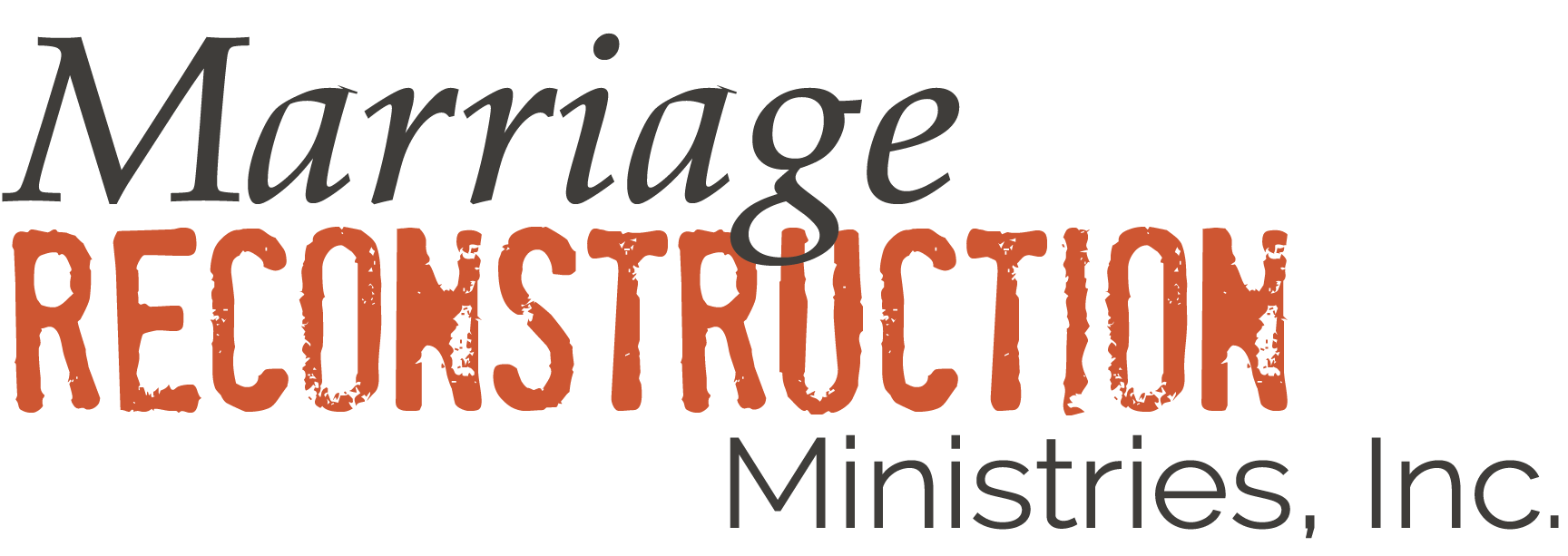
The prevalence of Childhood Sexual Abuse continues at a disturbing rate yet remains ignored or disbelieved by too many in our society. Some people give the “deer in the headlights” look when they hear that at least one-in-four women and at least one-in-six men are sexually abused before age 18. They live in ignorance about the problem. Others believe childhood sexual abuse cannot occur in their family, neighborhood, church, or organization. Their motto is, “We don’t have this problem.” They deny the problem. A third group is complicit; they are aware of the problem but choose to look away. Ignorance, denial, and complicity create environments in which child sexual abuse and its perpetrators thrive.
Ignorance, denial, and complicity create environments in which child sexual abuse and its perpetrators thrive.
The traits of ignorance, denial, and complicity can be counteracted by awareness and the application of appropriate safeguards.
1. Awareness
The Department of Homeland Security has the slogan, “If you see something, say something.” The instructive statement calls all of us to awareness and action. No one is to be complicit by ignoring the signs of danger. The same attitude and action must be exerted in an effort to thwart the prevalence and peril of childhood sexual abuse.
The attitude and action of “If you see something, say something” must be exerted in an effort to thwart the prevalence and peril of childhood sexual abuse.
Homeland Security instructs us to “Recognize the signs of terrorism-related suspicious activity.” A few examples of such signs are when we observe:
- A prolonged interest in or taking pictures/videos of personnel, facilities, or security features, or infrastructure in an unusual or covert manner.
- Stealing or diverting items – such as equipment, uniforms, or badges – that belong to a facility or secured site.
- Unauthorized people trying to enter a restricted area or impersonating authorized personnel.
Likewise, all of us must learn to recognize signs of child sexual abuse, some of which parallel the signs of terrorism-related suspicious activity. Warning signs for childhood sexual abuse include any adult when:
- Prolonged or increased attention is given by an adult to a specific child or specific children.
- Attempts are made to isolate a child/children away from other adults, such as in a closed room or in a restricted area.
- Pictures are taken of a child/children that are not authorized.
- See themselves as exempt from the rules, procedures, or protocol in the proper care of children; an entitlement mentality.
- Overly affectionate with a child or specific children.
- Continually choose to interact with children rather than with adults.
- Show favor to a child or specific children by giving gifts without any authorization.
One of the challenges is that perpetrators can be charming and manipulative. A general rule of thumb is if you observe something that seems creepy it most likely is creepy.
If you observe something that seems creepy it most likely is creepy.
Awareness is the first step for counteracting the traits of ignorance, denial, and complicity. The necessary next step is the application of appropriate safeguards.
2. Application of Safeguards
If you are part of an organization where the safety of children and youth is in question, the least you can do is share this blog with its leaders. An additionally constructive step would be to volunteer to be part of a task force that will develop policies and procedures for abuse prevention.
Any plan for the safety of children and youth must include:
- An application process for all employees and volunteers who work with children or are in close proximity to children.
- The application process must include background checks and references for all who apply.
- Identify secluded areas and create a system whereby the areas are monitored or made inaccessible for anyone adult and child(ren).
- Conduct orientation to new workers regarding the policies and procedures for child safety.
- Include training in child safety for all children and youth workers and volunteers on a yearly basis as a minimum. In order to instill the gravity of the issue, bring in a qualified person to speak on topics such as:
- The trauma of abuse, how it neurologically affects memory and daily function.
- The shame of abuse and how it shuts down the survivor.
- The long-term effect of the perpetrator’s power and perversion on the survivor
These actions for child safety are not a comprehensive list. Valuable resources for further developing awareness and implementing action include:
- SafeChurch Training
- Publications from the National Catholic Services (NCS) Risk Services (888.847.8870)
- We Too: How the Church Can Respond Redemptively to the Sexual Abuse Crisis by Mary DeMuth. To be released August 13. In chapter 11, DeMuth offers informed and practical advice to churches for establishing “A New Pathway Forward” for churches. This is a timely and essential resource.

